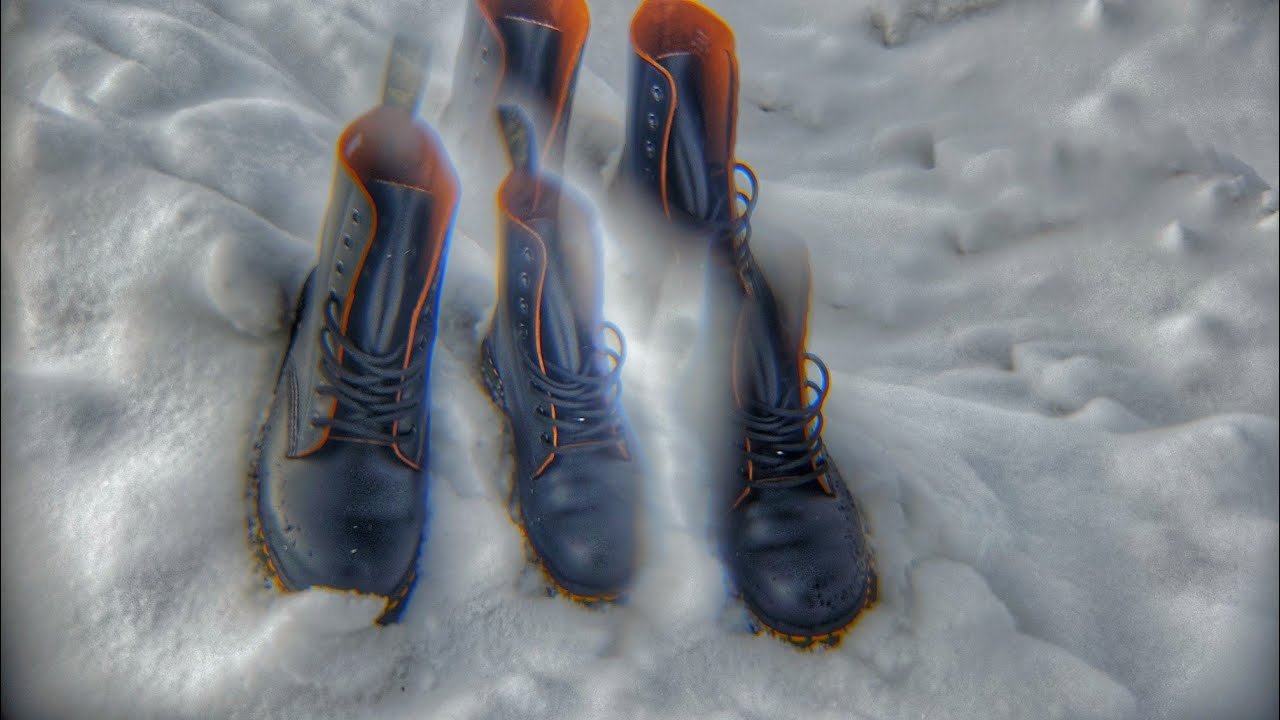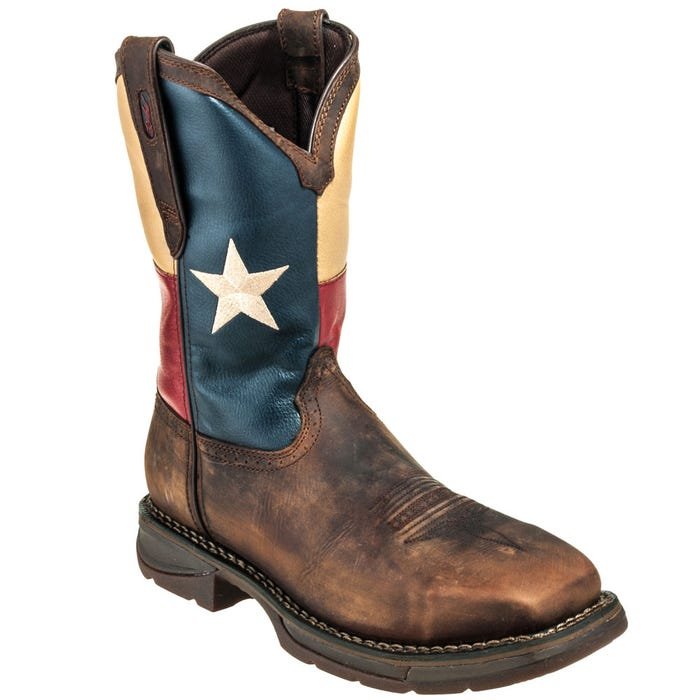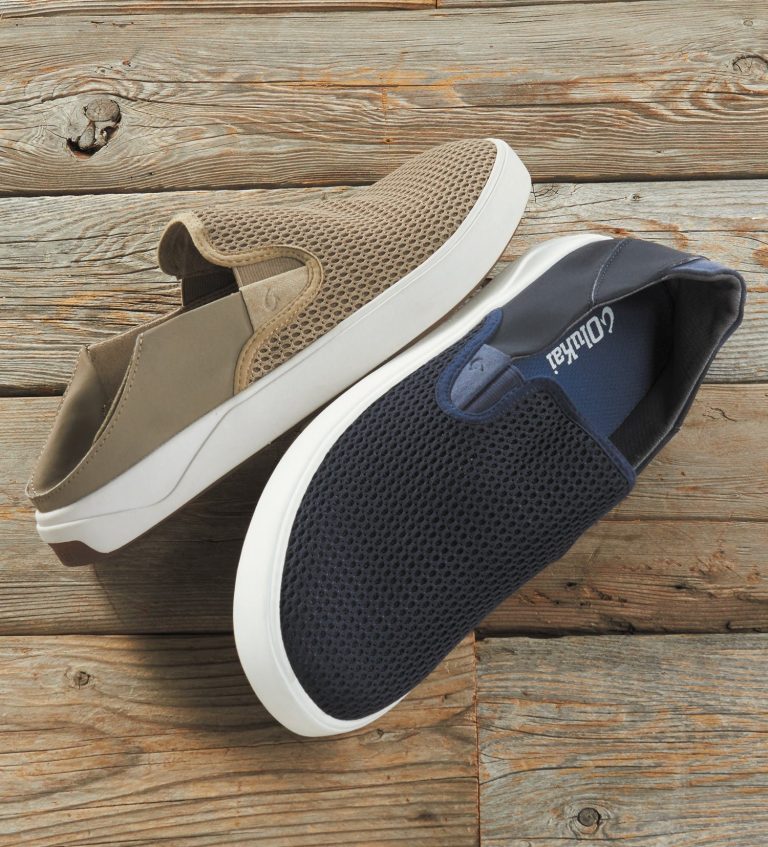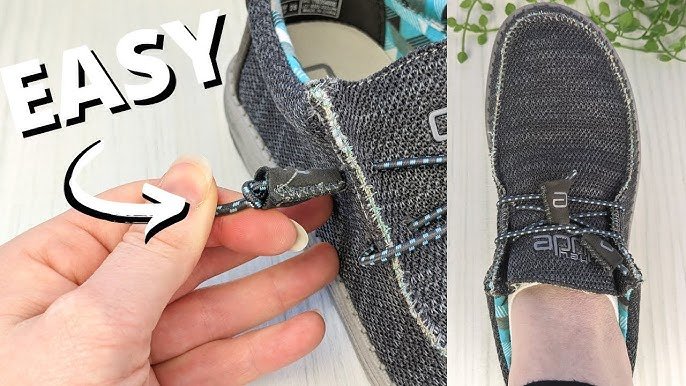Can you wear Doc Martens in the snow? The short answer is yes, you can. Doc Martens, with their durable construction and iconic style, have become a beloved footwear choice for many. But can they handle the winter elements? While they may not be specifically designed for snowy conditions, their sturdy build and thick soles offer decent traction and protection against the cold. So, if you’re a fan of Doc Martens and want to rock them even when it’s snowy outside, keep reading to find out how to make the most of these versatile boots in winter weather.
Can You Wear Doc Martens in the Snow?
Doc Martens, also known as Dr. Martens or simply Docs, are iconic footwear that have been favored by individuals seeking durability and style for decades. With their distinctive yellow stitching, air-cushioned soles, and rugged construction, these boots have become a staple in many wardrobes. However, one question that often arises is whether you can wear Doc Martens in the snow. In this article, we will explore this topic in detail, addressing various subtopics to provide a comprehensive understanding of the subject.
1. Understanding the Construction of Doc Martens
To determine whether Doc Martens are suitable for snowy conditions, it is essential to consider their construction. Doc Martens are typically made from leather or synthetic materials and feature a thick, slip-resistant rubber sole. The boots also often come with a warm lining to provide comfort during colder months. However, it is crucial to note that not all Doc Martens are created equal, and some models may offer better snow resistance than others. Let’s delve deeper into this aspect.
1.1 Leather vs. Synthetic
Doc Martens are available in both leather and synthetic options. While leather boots offer a classic look and are known for their durability, they may require additional care to protect them from moisture and snow. On the other hand, synthetic boots may be more resistant to water but might not offer the same level of breathability and longevity as their leather counterparts. It is recommended to choose the material that suits your preferences and climate conditions.
1.2 Slip-Resistant Soles
One of the defining features of Doc Martens is their slip-resistant soles, which provide excellent traction on various surfaces. This characteristic can be beneficial when navigating snowy or icy terrain. However, it is important to note that the outsoles of Doc Martens might wear down over time, affecting their grip. Regular inspection and maintenance of the boots are recommended to ensure optimal performance.
1.3 Warm Lining
Many models of Doc Martens come with a warm lining that helps keep your feet cozy during colder months. This feature can provide some insulation in snowy conditions. However, it is important to remember that the level of warmth offered by the lining might vary between different models. Some boots may have thicker linings, while others may prioritize breathability. Consider your climate and personal preferences when choosing a suitable pair of Doc Martens for snowy environments.
2. Factors to Consider When Wearing Doc Martens in the Snow
While Doc Martens can be worn in snowy conditions, there are several factors to consider to ensure a comfortable and safe experience. Let’s explore these factors in detail:
2.1 Waterproofing
To enhance the snow resistance of your Doc Martens, it is recommended to apply a waterproofing treatment or conditioner to the boots. This process helps seal the leather or synthetic material, preventing moisture from seeping in. Regularly reapplying the treatment can maintain the boots’ water-repellent properties and extend their lifespan.
2.2 Socks
Choosing the right socks is crucial when wearing Doc Martens in the snow. Opt for socks made from moisture-wicking or thermal materials to keep your feet dry and warm. Avoid cotton socks, as they tend to retain moisture, leading to discomfort and potential cold-related issues.
2.3 Traction Aids
While Doc Martens offer good traction on their own, adding traction aids such as ice grips or snow chains can further enhance stability and grip in icy conditions. These accessories are designed to attach to the soles of your boots and provide extra traction on slippery surfaces.
2.4 Proper Fit
Ensuring a proper fit is important when wearing Doc Martens in snowy conditions. Tight boots can restrict blood circulation, leading to discomfort and potential cold-related issues. On the other hand, boots that are too loose may not provide adequate support and may allow snow to enter. Take the time to find the right size and consider trying on the boots with thick winter socks to ensure a proper fit.
3. Tips for Maintaining Doc Martens in Snowy Conditions
Proper maintenance is essential to maximize the lifespan and performance of your Doc Martens, especially when wearing them in snowy conditions. Here are some tips to help you keep your boots in top shape:
3.1 Cleaning
Regularly clean your Doc Martens to remove dirt, salt, and other debris that can accumulate during winter. Use a damp cloth or a specialized leather cleaner for leather boots, and follow the manufacturer’s instructions for synthetic boots. Avoid submerging the boots in water, as it may damage the materials.
3.2 Drying
After exposure to snow or moisture, it is crucial to dry your Doc Martens properly. Stuff them with newspaper or use a shoe tree to help maintain their shape and absorb excess moisture. Avoid placing them near direct heat sources, as high temperatures can cause the leather to dry out and crack.
3.3 Conditioning
Regularly condition your Doc Martens to keep the leather soft, supple, and protected from harsh winter elements. Apply a suitable leather conditioner or polish following the manufacturer’s instructions. For synthetic boots, refer to the manufacturer’s recommendations regarding conditioning or treatment.
3.4 Storage
When the snowy season comes to an end, proper storage of your Doc Martens is crucial to preserve their quality. Clean and dry the boots thoroughly before storing them in a cool, dry place away from direct sunlight. Consider using shoe bags or boxes to protect them from dust and potential damage.
4. Conclusion
In conclusion, while Doc Martens can be worn in snowy conditions, it is important to consider their construction, maintain them properly, and take necessary precautions for a comfortable and safe experience. With the right waterproofing, appropriate socks, and traction aids, you can confidently rock your Doc Martens in the snow. Remember to follow the tips outlined in this article to maximize the longevity and performance of your beloved boots. Stay stylish and adventurous, even in the midst of winter!
Are Doc Martens Good For Snow? My Experience
Frequently Asked Questions
Can I wear Doc Martens in the snow?
Yes, you can wear Doc Martens in the snow. Doc Martens boots are typically made from durable leather with a rubber sole, which makes them resistant to water and suitable for winter conditions. However, it’s important to note that Doc Martens are not specifically designed for extreme winter weather, so it’s advisable to take some precautions. Applying a waterproofing treatment to your boots and wearing thick, warm socks will help enhance their performance in snowy conditions. Additionally, be cautious on icy surfaces as the soles of Doc Martens boots may not provide as much traction as specialized snow boots.
Are Doc Martens boots waterproof?
While Doc Martens boots are not completely waterproof, they do offer a decent level of water resistance. The leather used in their construction is naturally water-resistant and can withstand light rain and snow. However, prolonged exposure or heavy downpours may eventually seep through the leather, especially if not properly maintained. To enhance the water resistance of your Doc Martens, it is recommended to apply a waterproofing spray or conditioner regularly, following the manufacturer’s instructions.
Can Doc Martens handle cold temperatures?
Yes, Doc Martens can handle cold temperatures to some extent. The leather construction provides insulation and helps keep your feet warm. However, it’s important to note that Doc Martens were not specifically designed for extreme cold situations. In extremely low temperatures, you might need additional insulation in the form of thick woolen socks or insoles. It’s also crucial to keep in mind that the soles of Doc Martens boots may not provide as much cold insulation compared to specialized winter boots.
Do Doc Martens have good traction in the snow?
Although Doc Martens offer decent traction, especially on regular surfaces, they may not have the same level of grip as specialized snow boots in snowy and icy conditions. The soles of Doc Martens boots are designed more for general urban use rather than extreme winter conditions. It is advisable to be cautious and take steps to prevent slipping when walking on icy surfaces. Consider using traction aids or investing in snow boots with more aggressive treads if you frequently encounter snowy or icy conditions.
Can I wear Doc Martens in heavy snowfall?
While Doc Martens are generally durable and reliable, they may not be the best choice for heavy snowfall. They are not specifically designed to withstand prolonged exposure to heavy snow or extreme weather conditions. In heavy snow, the leather can get saturated, leading to discomfort and potential damage to the boots. It is recommended to opt for specialized snow boots that offer better insulation, waterproofing, and traction for heavy snow conditions, ensuring your feet stay warm, dry, and protected.
Final Thoughts
In conclusion, while Doc Martens are known for their durability and iconic style, they may not be the best choice for snowy conditions. Although they offer some protection against moisture, the lack of insulation and traction can make them less than ideal for navigating through snowy or icy terrain. It is recommended to opt for winter boots specifically designed for cold weather and slippery surfaces. However, if you still choose to wear Doc Martens in the snow, it is crucial to take extra precautions and consider using additional accessories like waterproofing sprays or warm, thick socks for added warmth and traction.






